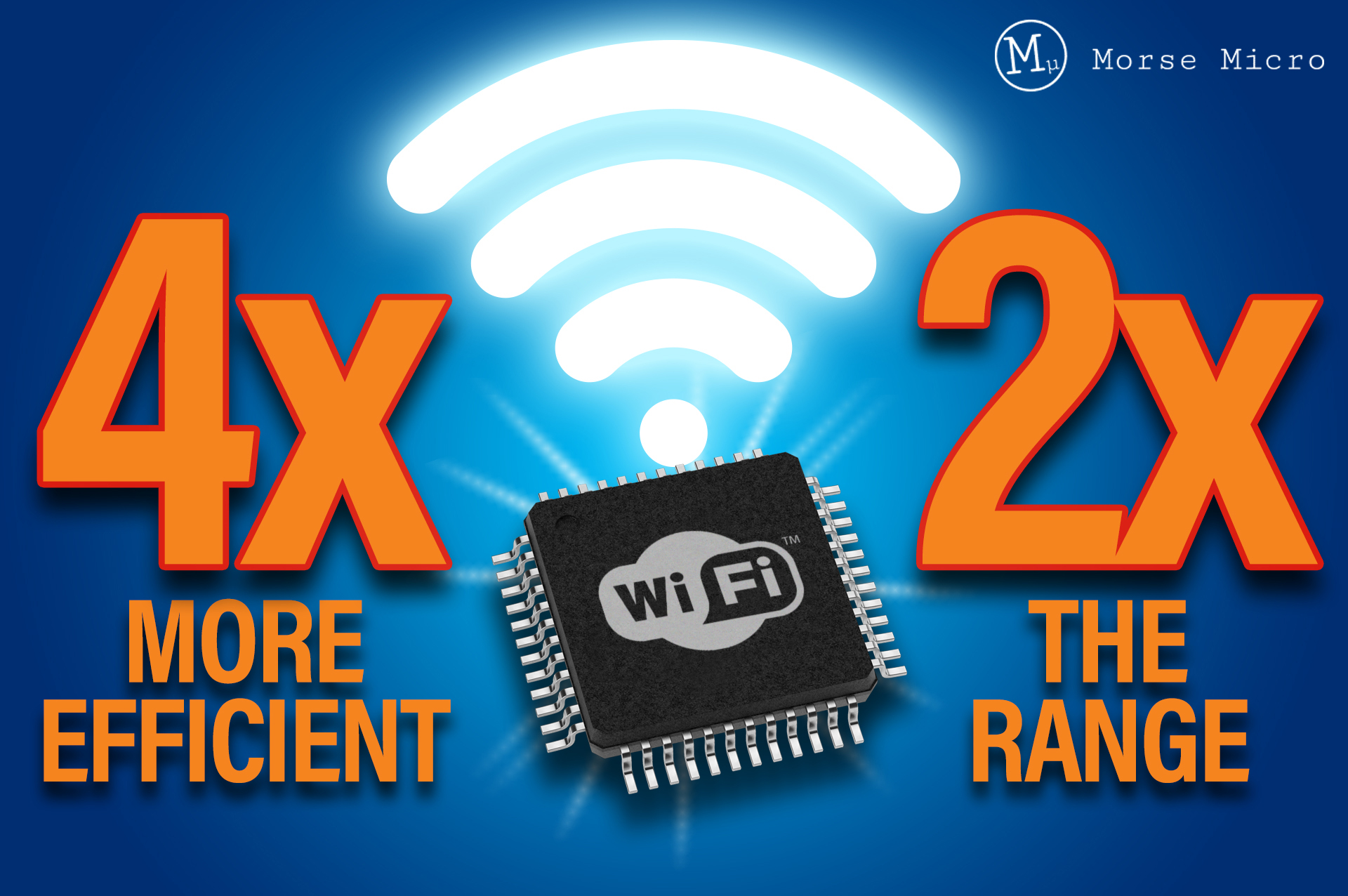Rethinking Wi-Fi for the IoT Era
Wi-Fi HaLow might just be the quiet revolution the IoT world has been waiting for, and Morse Micro is leading the charge. At Embedded World 2025, the Australian semiconductor company unveiled its second-generation MM8108 chip, a game-changer in both range and power efficiency for IoT applications.
What is Wi-Fi HaLow?
Unlike conventional Wi-Fi, Wi-Fi HaLow is optimised for low-power, long-range applications. We’re talking 10x the range and 100x the coverage area. This means you can cover a warehouse, a smart city block—or even a full expo hall like Embedded World—with a single access point. No mesh network. No dozens of extenders.
Morse Micro’s chips bring native IP support and secure Wi-Fi connectivity to the outer edges of connectivity, quite literally.
MM8108: Setting a New Standard for Efficiency
What makes the new MM8108 special? It’s all about the transmitter—the part of any wireless chip that guzzles the most power. Typically, Wi-Fi chips operate at 6–11% transmit efficiency. Morse Micro’s new chip hits a staggering 37%.
That translates to real-world gains:
🔋 4x the battery life or
📶 2x the range with
🔧 No compromise on performance
Whether you’re deploying environmental sensors, smart agriculture, retail analytics, or industrial monitors—this kind of efficiency is not a “nice to have.” It’s transformative.
Easy Evaluation, Real Results
Design engineers can test these claims firsthand. The MM8108 evaluation kit allows precise current measurements and fast setup with an included HaLow access point. Power consumption can be measured directly via onboard jumper points, giving you a transparent view of what this chip delivers.
If you’re working in battery-powered IoT and you’re still struggling with the energy drain of traditional Wi-Fi, this is your wake-up call.
Comments are closed.

Comments
No comments yet